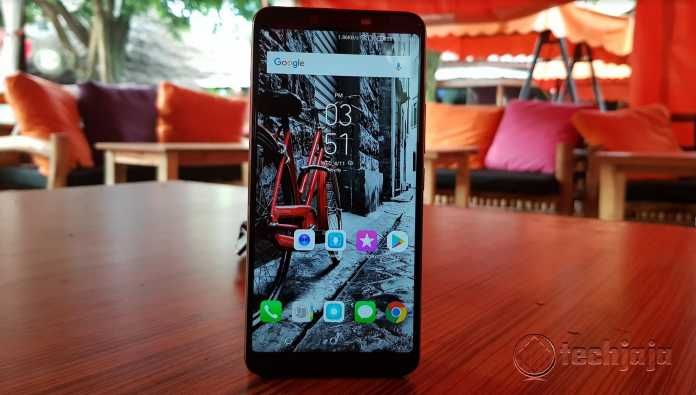Its a known fact that the performance of an Android phone deteriorates faster than say an iPhone– as it slows down and becomes sluggish a few months down the road. Switching between apps becomes a frustrating experience and your battery won’t get you through a day. If this sounds familiar, there are a few things you can do to take back control of your device and improve the situation, and one of the easiest things to do is get control of your apps running in the background.
Controlling your background processes
To control your processes you have to dig around under the hood using the monitoring tools built into Android. Exactly how this process screen looks, how you access it and what it’s called will vary depending on which company made the device and what version of Android you’re using.
In some cases, before you can start, you need to enable developer options.
- In most versions of Android, this involves going to Settings > About phone and then tapping Build number about seven or so times. You’ll get a notification telling you that Developer options have been unlocked once you’re done and you can stop tapping.
- For many handsets, the next thing you need to look for is a setting called Processes, Process Stats, or Running services. You can find this in Settings > Developer Options > Processes or Settings > Developer options > Running services. That option takes you to a list of running processes showing how much RAM each is using.
- Obviously, it’ll be tempting to stop the most RAM-hungry apps from running in the background, but you’ll want to pay some attention to what you’re stopping before you go ahead. Stopping some apps might crash your phone.
- You can also tap the settings option when in the Services/Processes menu to switch between running processes and cached processes.
So which apps can one stop?
OK. If you don’t want your app/phone to crash, err on the side of caution and use some common sense. The app marked ‘Google Services‘, or pretty much any app that starts with ‘Google’ shouldn’t be manually stopped.
On the other hand, if you look through the list and see messengers and music players idly draining your battery in the background, then you can go ahead and stop them in relative safety. Truly crucial apps usually won’t allow you to force stop them anyway.
- To stop an app manually via the processes list, head to Settings > Developer Options > Processes (or Running Services) and click the Stop button. Voila!
- To Force Stop or Uninstall an app manually via the Applications list, head to Settings > Applications > Application manager and select the app you want to modify. Don’t delete any apps that appear when you select the Show System Apps option.
If you tap the More/Settings (depending on your phone model) option, you can also review the RAM used by cached processes. The same rules of which apps are safe to stop apply to cached, as well as running, processes.
With apps that just won’t quit, (if you kill it via the processes tab, it simply restarts), you can navigate to Settings > Applications > Application manager to perform a Force Stop, or you can just uninstall it directly.
Lets look at what’s draining your battery
If you looked around while you were carrying out the steps above, you probably saw some detailed battery info listed for each app, and that’s great, but working out what’s draining your battery by assessing each app individually will take you all day.
Instead, you should navigate to Settings > Battery and see what options you have available on your phone. Again, the options might have slightly different names and features available, but at a minimum, you should be able to see a listed overview of the apps that have used the most battery since you last juiced-up. You can then decide which ones you want to stop individually.
Task killers and RAM optimizers: Are they good enough?
With Android (as an OS) and OEM hardware improving over time, some people will argue that the use of task killer apps is going to do more harm than good in terms of processing and battery life.
As one of the problems you’re trying to fix is apps running in the background draining your resources, adding another one that has the purpose of doing explicitly that (it needs to monitor the services in use on your phone, therefore always needs to be running) seems a bit counter-intuitive.
A task killer that repeatedly force-closes an app in the background over and over is almost certainly going to drain your battery more as it continues the ‘restart and kill’ process. You might be better off not installing the task killer in the first place and just letting it run.

